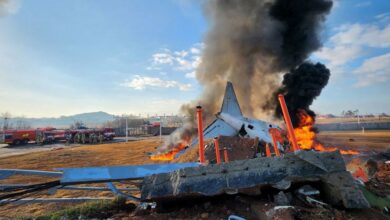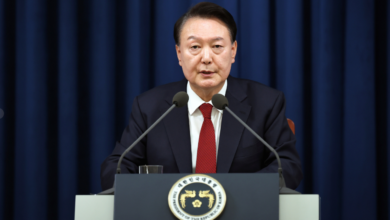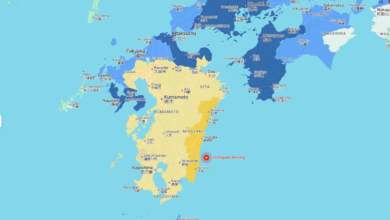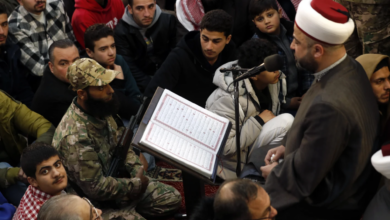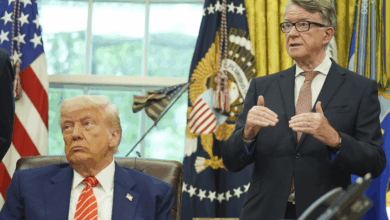Indian Military Launches Strikes in Pakistan and Pakistan-Administered Kashmir Amid Escalating Tensions
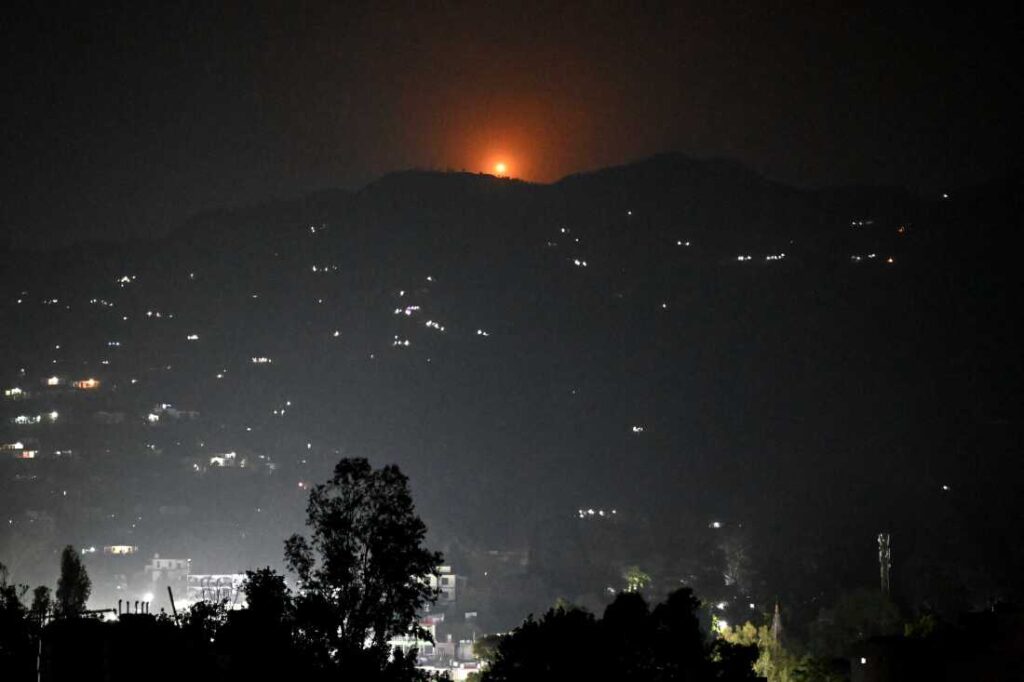
New Delhi (WE) — The government of India confirmed on Wednesday that its armed forces carried out coordinated military strikes against targets in Pakistan and Pakistan-administered Kashmir in response to what it called “a terror attack supported and coordinated from across the border.”
The offensive, dubbed Operation Sindoor, was carried out in the early hours of the day and targeted several alleged terrorist facilities. According to India’s Ministry of Defence, the strikes were “focused, measured, and non-escalatory.” However, they have triggered widespread condemnation and raised fears of a wider regional conflict between the nuclear-armed neighbors.
The operation follows the April 3 attack in Pahalgam, a town in Indian-administered Kashmir, where 26 Indian tourists were killed in a mass shooting. New Delhi has blamed the attack on Pakistan-based militant groups, a charge Islamabad has denied.
The Strikes
India’s Ministry of Defence stated that missiles were launched against “terrorist infrastructure” in Pakistan-administered Kashmir and eastern Pakistan’s Punjab province. Specific sites in Muzaffarabad, Kotli, and Bahawalpur were struck.
“India’s military attacked terrorist infrastructure in Pakistan and Pakistan-occupied Jammu and Kashmir from where terrorist attacks against India have been planned and directed,” the Defence Ministry said in a written statement.
The Ministry clarified that no Pakistani military installations were targeted and that Indian forces had taken “considerable restraint in selection of targets and method of execution.”
Casualties and Damage
Pakistan’s military reported that at least two civilians were killed and 12 others injured. Among the dead was a child killed when a mosque was hit in Bahawalpur. According to the Inter-Services Public Relations (ISPR), five locations were hit, including two mosques.
Brigadier Abdul Hameed, spokesperson for the Pakistan Army, confirmed the strikes during an interview with Geo News, stating:
“These strikes are an open act of aggression. The Pakistani response is underway.”
Video footage aired by local Pakistani media appeared to show the immediate aftermath of one of the strikes, with smoke rising from a damaged structure identified as a mosque.
Retaliation and Cross-Border Fire
Following the Indian strikes, heavy artillery shelling and gunfire erupted across several sectors along the Line of Control (LoC). The towns of Uri, Poonch, and Rajouri were reportedly affected.
The Jammu and Kashmir Police confirmed that three civilians on the Indian side sustained injuries due to retaliatory shelling. Indian forces have been placed on high alert, and local administrations have closed schools and issued shelter-in-place advisories to civilians in border areas.
Read More:
- Putin Accuses West of Nuclear Provocation in Ukraine Conflict: “They Wanted to Make Us Make Mistakes”
- India Demands Justice for Kashmir Attack Amid Escalating Tensions with Pakistan
- Over 200 Killed in Over 240 Myanmar Military Attacks Since Earthquake Ceasefire, Says UN
International Reactions
United Nations
UN Secretary-General António Guterres expressed deep concern over the escalating hostilities. In a statement released by the United Nations, the Secretary-General urged both nations to practice “maximum military restraint.”
“The world cannot afford a military confrontation between India and Pakistan,” the statement said.
United States
U.S. President Donald Trump weighed in briefly during a White House press briefing.
“It’s a shame what’s happening,” he said. “I just hope it ends very quickly.”
Washington has reportedly initiated back-channel discussions with both New Delhi and Islamabad in an attempt to de-escalate tensions.
China
China, which shares close military and economic ties with Pakistan, issued a statement via its Ministry of Foreign Affairs urging “calm and dialogue.”
Russia
Russian Foreign Minister Sergey Lavrov issued a neutral statement calling for both sides to “exercise restraint and pursue diplomatic solutions.”
Operation Sindoor: A Tactical Overview
Senior Indian defense officials confirmed that Operation Sindoor was planned over the course of three weeks. Intelligence from the Research and Analysis Wing (RAW) reportedly guided the targeting of facilities that Indian authorities claim were used for training and coordination by groups such as Jaish-e-Mohammed and Lashkar-e-Taiba.
An official speaking on condition of anonymity told NDTV:
“These are not arbitrary targets. We have evidence that these locations were command and logistics hubs for cross-border militancy.”
The official added that the operation deliberately avoided military or civilian infrastructure not tied to alleged terrorist activity.
The Pahalgam Attack and Public Pressure
The April 3 attack in Pahalgam, in which 26 Indian tourists were gunned down while visiting a shrine, has sparked outrage across India. The Modi government faced mounting pressure from the opposition and public to take decisive action.
Home Minister Amit Shah described the Pahalgam killings as “an act of barbarity orchestrated by enemies of peace.” He pledged that those responsible “would not go unpunished.”
No group has claimed responsibility for the massacre. However, Indian intelligence services assert that the attackers crossed over from Pakistan-administered territory and had logistical support from across the border.
Pakistan Denies Involvement
Pakistan’s Ministry of Foreign Affairs released a statement denying any role in the Pahalgam attack and condemning the Indian strikes as “illegal and provocative.”
Foreign Minister Bilawal Bhutto Zardari, in a televised address, stated:
“Pakistan has no role in the Pahalgam incident. These reckless military strikes are a clear violation of our sovereignty and will be met with an appropriate response.”
Expert Reactions
Nitasha Kaul, Director of the Centre for the Study of Democracy, said the situation reflects “a dangerous and familiar cycle.”
“Once again, the worst affected are the people in the region, the Kashmiris, who are caught between the competing postures of India and Pakistan,” she told Al Jazeera.
Kaul said the timing of the operation, just months before India’s general elections, suggests a domestic political dimension:
“There is a particularly hyper-nationalist government in power, and the pressure for a militarized response was immense.”
Tensions Along the Border
Reports from both sides of the LoC indicate a rapid militarization of border zones. In Indian-administered Kashmir, authorities have increased troop deployments and fortified forward posts. Internet services have been suspended in several districts, including Baramulla and Kupwara.
Meanwhile, in Pakistan-administered Kashmir, local hospitals have been placed on high alert, and emergency relief efforts have been launched by the Pakistani Red Crescent Society.
Diplomatic Channels Remain Open
Despite the hostilities, diplomatic communication between India and Pakistan has not been entirely severed. Sources in Dubai, a known mediator for back-channel diplomacy between the two nations, confirmed that low-level talks are ongoing.
The Risk of Further Escalation
Security analysts warn that while the Indian strikes appear limited in scope, the risk of escalation remains high. Both nations possess nuclear weapons, and previous confrontations—such as the 2019 Pulwama-Balakot episode—have brought the region dangerously close to war.
“Even surgical strikes can spiral into broader conflict,” said former Indian National Security Advisor Shivshankar Menon. “This is a moment for great caution and international mediation.”
What’s Next?
As of now, both India and Pakistan remain locked in a dangerous standoff. Whether the conflict escalates or cools may depend less on battlefield outcomes and more on diplomatic willpower and international mediation. With two nuclear powers posturing for advantage, the need for restraint has never been more urgent.
With troops mobilized on both sides of the LoC and diplomatic rhetoric heating up, the question now is whether this conflict will be contained — or spark a broader military confrontation.
Given both nations’ history and nuclear capabilities, the stakes could not be higher.

